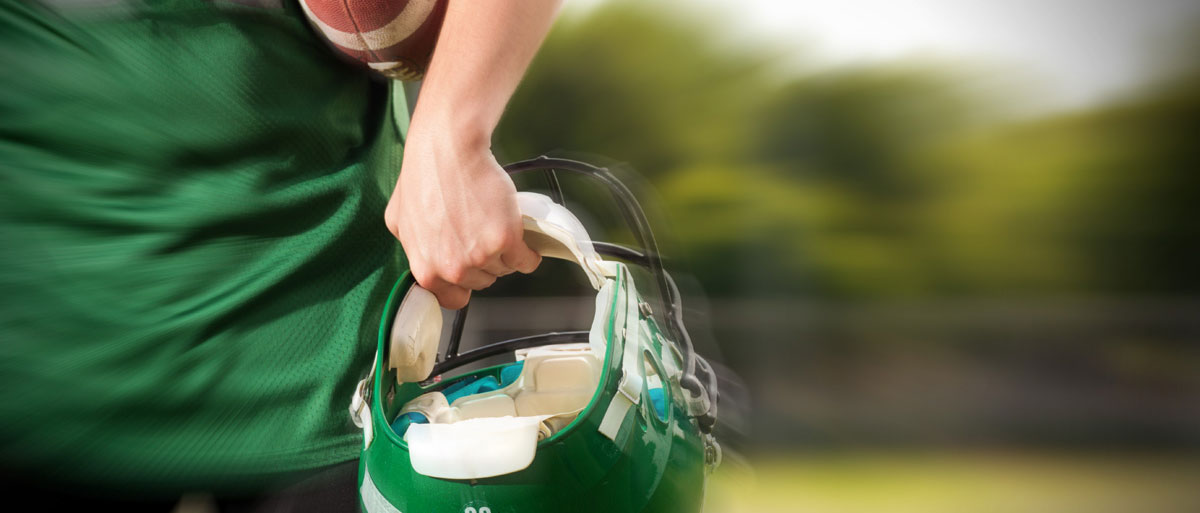Ever wonder if your kids are getting the nutrients they need – especially after a workout, practice or game? There’s some compelling new research out about how chocolate milk affects high school athletes, compared to regular sports drinks.
Previous studies all looked at adults, but never at the 7.8 million high school athletes in the nation – yet nutrition is especially important for these young athletes, whose bodies are still growing while also handling the heavy physical demands of athletics.
How Did the Study Work?
The Department of Kinesiology and Health Education at the University of Texas at Austin studied 100 high school athletes while they trained for about five weeks. Researchers gave chocolate milk to some of the athletes for recovery, and gave a regular sports drink to the others.
What Were the Results?
At the end of five weeks, the two groups showed significant differences in two particular areas: bench press and squats.
- The athletes who drank chocolate milk bench-pressed an average of 3.5% more than they could before – whereas those who drank the commercial sports beverage actually decreased in bench-press strength by about 3.2%. That’s a net difference of 6.7% for those who drank chocolate milk versus a commercial sports beverage.
- Both groups showed improvement with squats, but chocolate milk drinkers showed more, lifting 15% more weight than before – whereas commercial sports beverage drinkers only lifted 8% more. That’s nearly double the increase in strength for chocolate milk drinkers.
Why Does Chocolate Milk Make a Difference?
Both chocolate milk and the typical sports drink have carbohydrates to replenish the body. Both combine electrolytes and fluid for rehydration. But the typical sports drink lacks protein to rebuild muscles.
Milk naturally contains two types of high-quality protein: whey and casein. One is absorbed quickly and one is absorbed slowly, meaning your body reaps both short- and long-term benefits – and there’s a whole gram of protein in every ounce of milk, which combines with the carbs in chocolate milk for the ideal muscle recovery ratio.
What Else Should We Know?
Intense training, both on the field and in the weight room, can lead to overtraining. When the body lacks the resources to match physical demands, athletes are prone to fatigue, illness and injuries. One way to avoid overtraining is ensuring athletes get a recovery drink that accomplishes the three R’s: Rehydrate, Replenish and Rebuild. Chocolate milk covers all three in one cost-effective package.
Further studies may determine how other factors affected the UT results – things like technique, or foods the athletes are eating at home. However, the study supports chocolate milk as a recovery supplement for adolescents participating in intense training, so we can add it to the growing pile of research about chocolate milk recovery for all ages.
Learn more about chocolate milk and sports nutrition.
Recently published research in the Journal of the International Society of Sports Nutrition.




